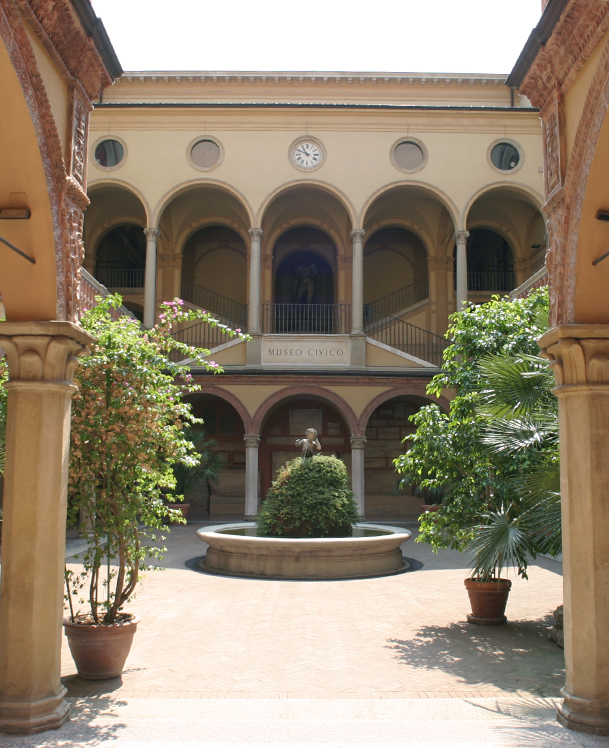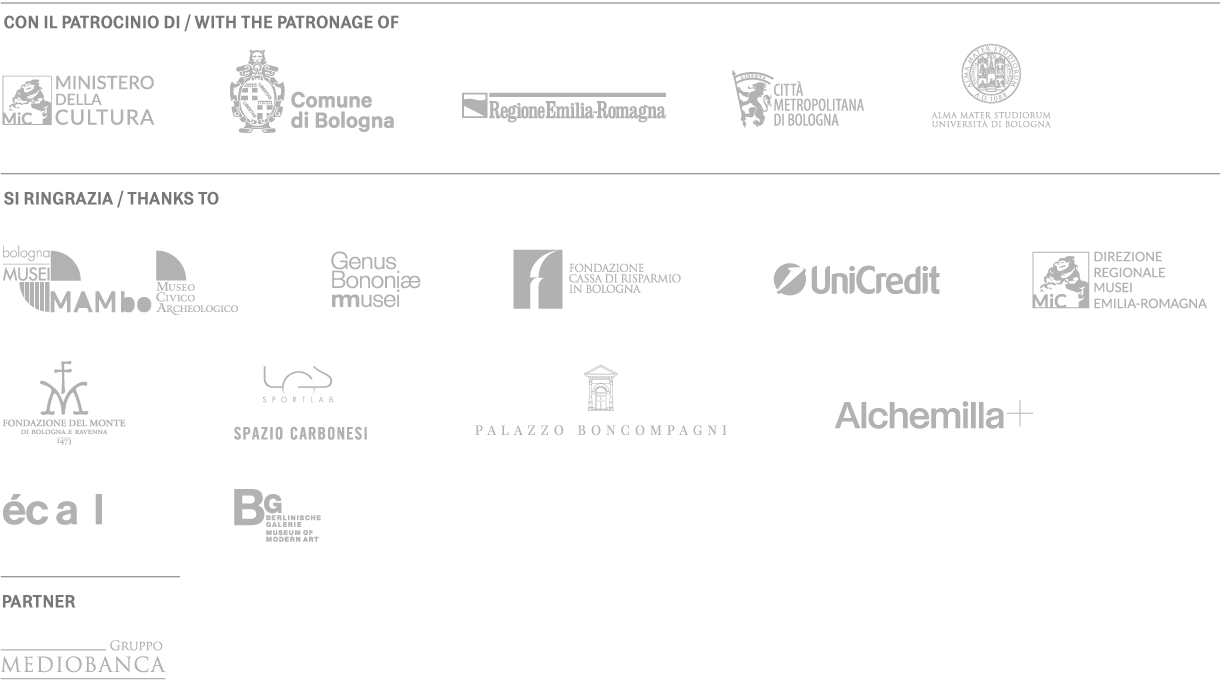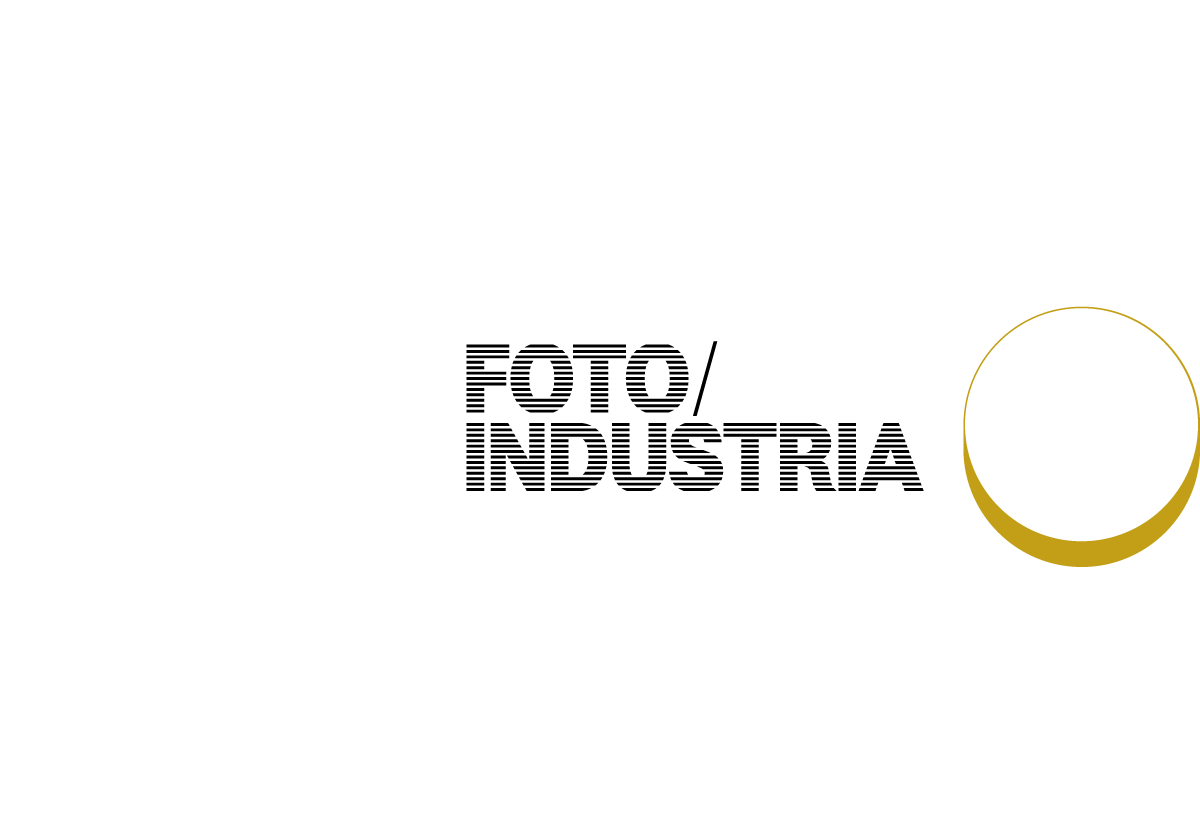Las Vegas
2008
© Daniel Faust
Courtesy of the artist
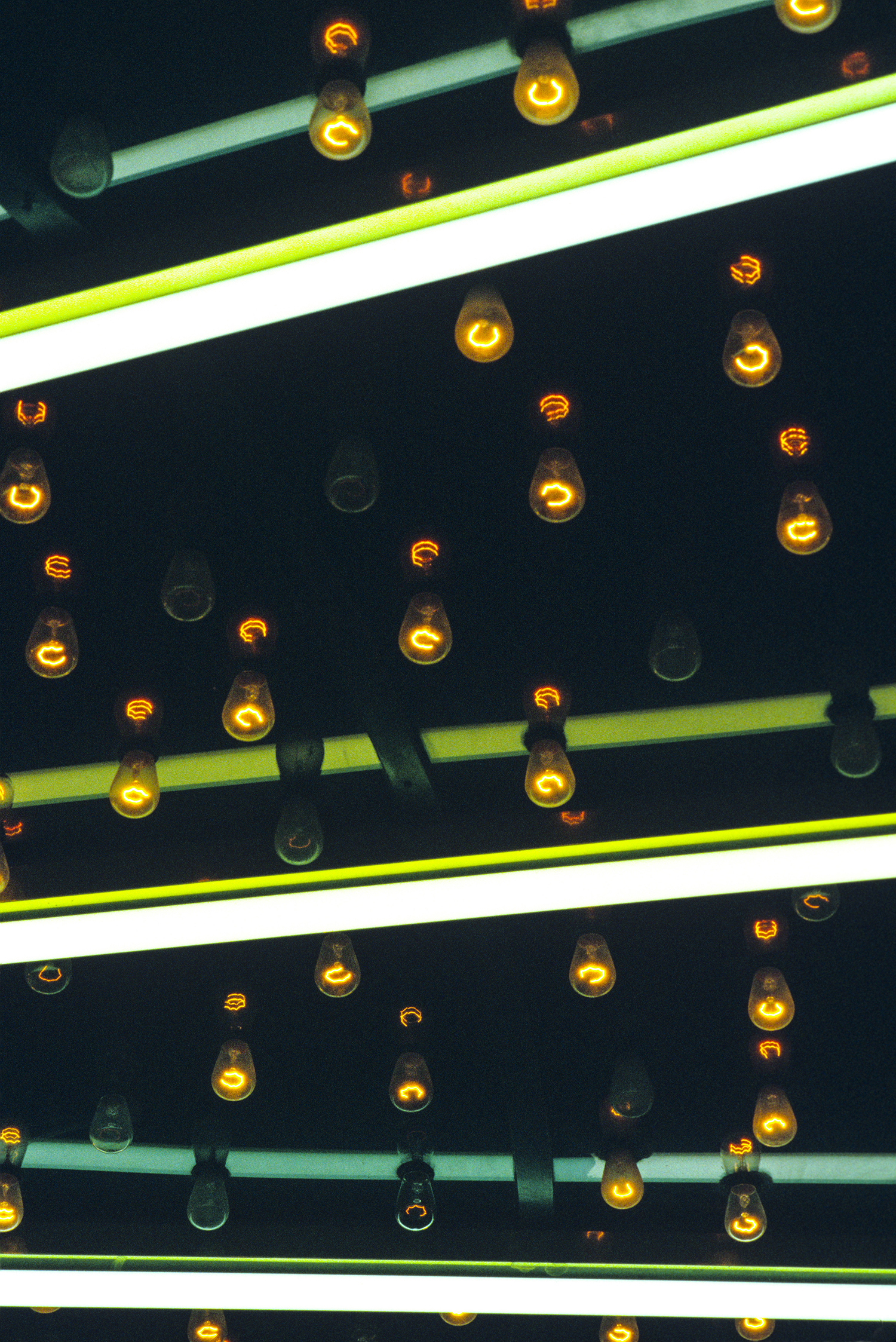
DANIEL FAUST
Las Vegas
Like the venomous Mojave rattlesnake, which frequently sheds its skin, Las Vegas had already transformed, many times over, by the time Daniel Faust first started photographing there in 1987. The artist came to town, an already mythical node in the American West, with a formulated documentary approach and clear sense of “new spatial order” proposed by the “automobile city” Las Vegas. In its confrontation of the hyper-capitalist American Dream with some of its many nightmares, Faust’s quirkily kaleidoscopic assembly of images of “Las Vegas” teeters between anthropology, taxonomy, architecture and advertorial on a tightrope that crosses existential gulfs of history, memory and illusion. Nothing seems real but it is.
Location
Musei Civici Bologna / Museo Civico Archeologico
Via dell’Archiginnasio, 2
OPENING HOURS
TUESDAY–SUNDAY, 10AM–7PM
BIOGRAPHY
Daniel Faust (1956) is an internationally recognized artist whose work often involves encyclopedic photographic arrays. His slide/film archive consists of 20,000 images from across America, Europe, Asia, South Africa, the Middle East, Brazil, India, New Zealand and elsewhere.
His work was exhibited, among the others, at The Metropolitan Museum of Art, New York; Gwangju Biennale, South Korea; Istanbul Biennial, Turkey; Museum of Modern Art, Antwerp, Belgium; San Jose Museum of Art, CA; Vienna Secession, Austria; Institute of Contemporary Art, Boston; Documenta, Kassel, Germany. Faust attended Alfred University NY, University of California Santa Cruz, School of the Art Institute of Chicago, International Center of Photography/ New York University.
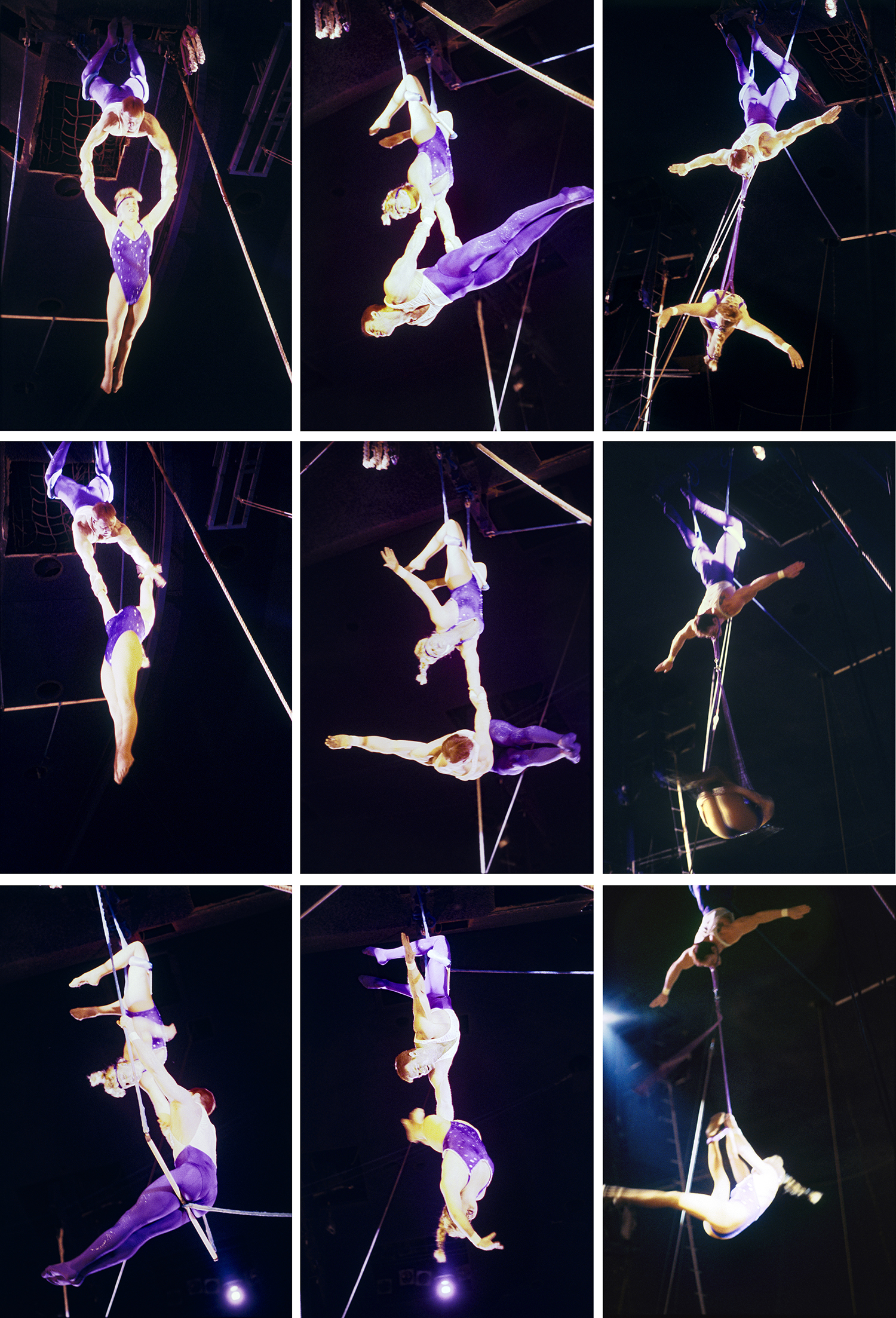
Circus Circus, Las Vegas
1997
© Daniel Faust
Courtesy of the artist
Location
Musei Civici Bologna / Museo Civico Archeologico
Via dell'Archiginnasio, 2
OPENING HOURS
TUESDAY–SUNDAY, 10AM–7PM
The museum is housed in the fifteenth-century Palazzo Galvani featuring over 200,000 pieces of artwork becoming one of the most important Italian archaeological collections. It consists of rich collectibles from the ancient University Museum, from the donation of the painter Pelagio Palagi, and pieces coming from the excavations carried out in the territory of Bologna between the late nineteenth and early twentieth century. Its Etruscan section serves as the cornerstone for understanding the civilization of Padanian Etruria, complemented by masterpieces of Greek and Roman art. Of particular importance is the collection of Egyptian antiquities.

